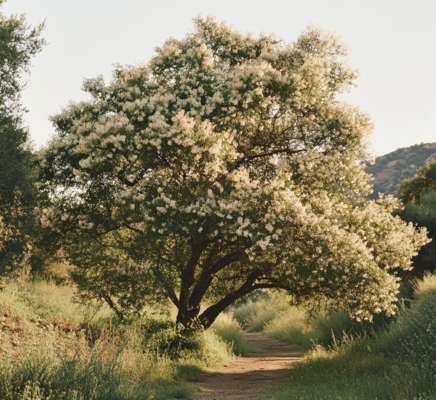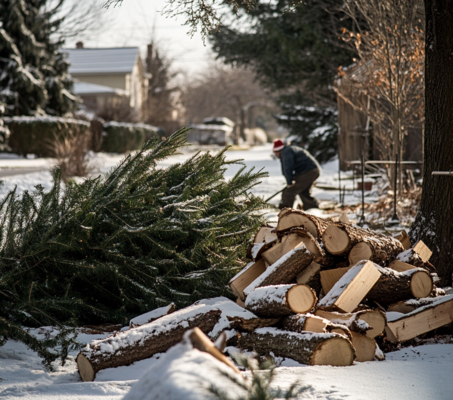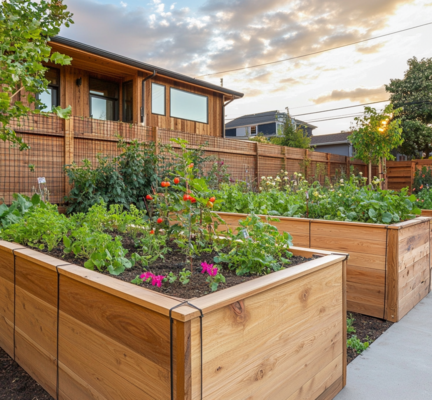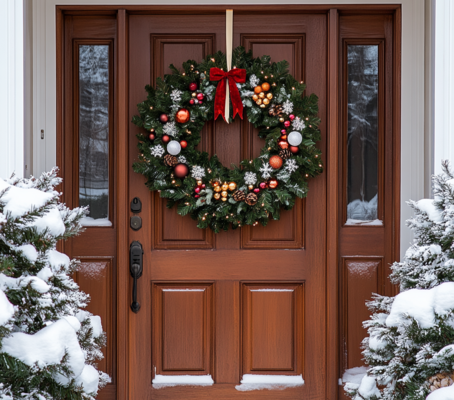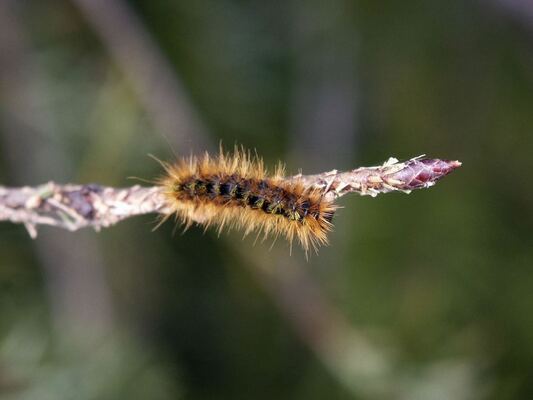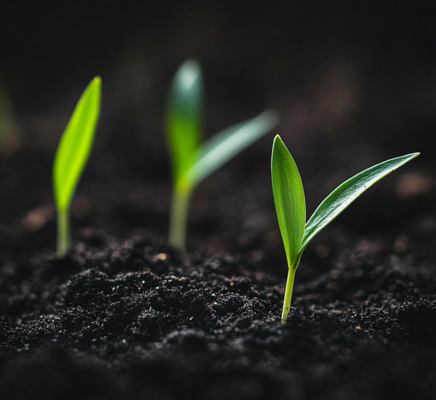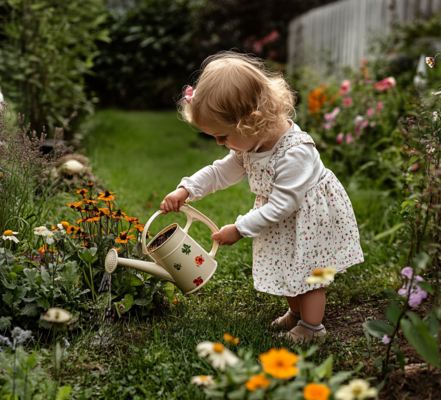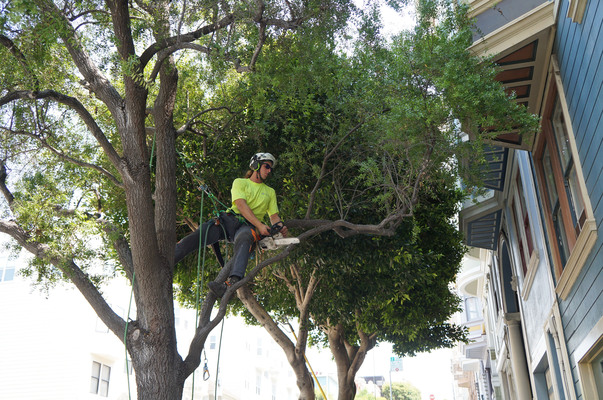Explore the fascinating history and ecological significance of the Blue Elderberry tree in San Francisco. Learn how this native species supports local wildlife, its unique features, and tips for incorporating it into your landscape. Discover why the Blue Elderberry is a treasured part of San Francisco's natural heritage with insights from Arborist Now.
Looking for eco-friendly options to dispose of your Christmas tree? Learn how to recycle it through mulching, composting, or local recycling programs. Arborist Now provides expert advice to keep your post-holiday cleanup sustainable and stress-free. Find the best methods to help the environment while managing holiday waste!
Looking to safeguard your garden in San Francisco? Discover top ideas for creating a protected garden, from shielding plants from pests to withstanding harsh weather. Arborist Now shares expert tips to help you maintain a thriving, secure garden. Explore practical solutions for urban gardening success.
Discover expert tips for safely removing and storing outdoor holiday decorations to keep your yard and decor in top shape. From protecting your trees to extending the life of your holiday lights and wreaths, Arborist Now has you covered. Get ready for a stress-free holiday cleanup!
Discover effective strategies to control fall webworms and keep your San Francisco trees healthy. Arborist Now offers expert advice on dormant oils, insecticides, and fire safety. Learn how to protect your trees and preserve your landscape with practical pest management tips.
Winter is a challenging season for local birds. Learn how to create safe and cozy shelters in your landscaping to support San Francisco's wildlife. Explore expert tree care advice and make your yard a haven for winter birds with these practical tips.
Soil is the foundation of a healthy garden and thriving trees. In this blog, we explore how soil health affects your plants and trees, with actionable tips to improve it. Join Arborist Now, your trusted San Francisco tree care company, to uncover the secrets to nutrient-rich soil.
Fruit trees offer a sustainable solution for fresh food and beautiful landscapes. Explore the benefits of planting and caring for fruit trees with Arborist Now's expert insights.
Children love to play in the dirt. Working in a garden, a child can experience the satisfaction that comes from caring for something over time and watching it grow and change.
Pruning is essential for maintaining healthy, beautiful trees. Learn the warning signs that your trees need attention and how proper pruning can prevent hazards. Trust Arborist Now to keep your trees thriving in San Francisco's unique environment.
